
SprayOiler, igniter, idling control valve, cruise control solenoid valve, throttle control motor, EGR valve, intake control valve, secondary air injection valve, activated carbon tank discharge solenoid valve, oil pump relay, fan relay, air conditioning compressor relay, self-diagnosis display and alarm device, instrument display, etc.
Common actuators mainly include electromagnetic fuel injectors, ignition controllers, idling control valves, idling motors, EGR valves, intake control valves, secondary air injection valves, fuel pump relays, cooling fan relays, air conditioning compressor relays, automatic transmission gear solenoid valves, booster pressure relief Solenoid valve, instrument display.
The actuators commonly used in the electronic control system of automobile engines include fuel pumps, fuel pump relays, fuel injectors, ignition coils, and activated carbon tank electricity.Magnetic valve, exhaust gas recirculation control electromagnetic, intake control valve, secondary air pump, idling control valve, self-diagnosis display and alarm device, fault backup program start, instrument display, etc.
What are the car actuators? Actuators can basically be divided into the following three categories: hydraulic actuators, such as steering machines, pneumatic actuators, such as the brake chamber of large cars, and electric actuators, such as glass lifters.
t i4 engine is the familiar ea211, which is Audi's least powerful engine, 150 horsepower, installed in small cars such as a3 and q3, which is a low-end engine configuration.
1. The engine electronic control system is composed of an electronic control unit (ECU), a sensor and an actuator.The three components have different functions. They have developed from ordinary electronic control to microcomputer control, and have been combined into a comprehensive control system.
2. The actuators in the engine electronic control system include: fuel injector, electronic throttle body, electronic independent ignition system, electric fuel pump, etc. They all work under various working conditions according to the instructions of the engine control unit.
3. In fact, the electronically controlled engine is not as complex as you think. As long as it is composed of it, it is not difficult. Simply put, the electronically controlled engine is mainly composed of three parts: sensor, control system (ECU) and actuator.
4. This situation is composed of sensors, control units and actuators. Sensor: It is mainly responsible for collecting the signals required by the control system and converting them into electrical signals and transmitting them to the ECU through the line.
5. The engine electronic control system is mainly composed of sensors, control units and actuators. The core component is the control unit. Signal input device: various sensors, collect the signals required by the control system, and convert them into electrical signals and transmit them to the ECU through the line.
6. In terms of the overall structure, the engine electronic control system consists of three parts: sensor, Electronic Control Unit (ECU) and actuator.
1. The sensor of the electronically controlled engine has four parts: sensitive components, conversion components, transformation circuits and auxiliary power supply. The actuator of the electronically controlled engine has two parts: the actuator and the automatic adjustment mechanism. Sensor: A special electronic component that can keenly sense certain physical, chemical and biological information and convert it into electrical information.
2. The actuators in the engine electronic control system include: fuel injector, electronic throttle body, electronic independent ignition system, electric fuel pump, etc. They all work under various working conditions according to the instructions of the engine control unit.
3. Intap pressure sensor: As the name implies, the intake pressure sensor is to sense a series of resistance and pressure changes with the different speed load of the engine and convert it into a voltage signal for the ECU to correct the fuel injection volume and ignition timing angle.
1. Common actuators mainly include electromagnetic fuel injectors, ignition controllers, idling control valves, idling motors, EGR valves, intake control valves, secondary air injection valves, fuel pump relays, cooling fan relays, air conditioning compressor relays, automatic transmission gear solenoid valves, boosters Instrument pressure relief solenoid valve, instrument display.
2. Electronic controlThe main actuators of the engine include fuel injectors, fuel pumps, VVT solenoid valves, ignition coils, activated carbon tank solenoid valves, throttle valves, etc. Hope to adopt.
3. The actuator components of the automotive electronic control system mainly include fuel injectors, igniters, idling control valves, cruise control solenoid valves, throttle valves and fuel pumps. First, an actuator is a component of an electronic control system. The various control functions to be completed by the electronic control system are realized by various actuators.
4. The automotive electronic control system includes many subsystems, such as engine system, gearbox system, ABS system, electronic assistance system, lighting system and entertainment system. The actuators of these systems are mainly solenoid valves and motors, and the actuators of entertainment systems are loudspeakers.
5. Electronic control of automobile engineThe commonly used actuators in the system include fuel pump, fuel pump relay, fuel injector, ignition coil, activated carbon tank solenoid valve, exhaust gas recirculation control electromagnetic, intake control valve, secondary air pump, idling control valve, self-diagnosis display and alarm device, fault backup program start, instrument display, etc.
6. Fuel injector, igniter, idling control valve, cruise control solenoid valve, throttle control motor, EGR valve, intake control valve, secondary air injection valve, activated carbon tank discharge solenoid valve, oil pump relay, fan relay, air conditioning compressor relay, self-diagnostic display and alarm device , instrument display, etc.
Semiconductor HS code verification-APP, download it now, new users will receive a novice gift pack.
SprayOiler, igniter, idling control valve, cruise control solenoid valve, throttle control motor, EGR valve, intake control valve, secondary air injection valve, activated carbon tank discharge solenoid valve, oil pump relay, fan relay, air conditioning compressor relay, self-diagnosis display and alarm device, instrument display, etc.
Common actuators mainly include electromagnetic fuel injectors, ignition controllers, idling control valves, idling motors, EGR valves, intake control valves, secondary air injection valves, fuel pump relays, cooling fan relays, air conditioning compressor relays, automatic transmission gear solenoid valves, booster pressure relief Solenoid valve, instrument display.
The actuators commonly used in the electronic control system of automobile engines include fuel pumps, fuel pump relays, fuel injectors, ignition coils, and activated carbon tank electricity.Magnetic valve, exhaust gas recirculation control electromagnetic, intake control valve, secondary air pump, idling control valve, self-diagnosis display and alarm device, fault backup program start, instrument display, etc.
What are the car actuators? Actuators can basically be divided into the following three categories: hydraulic actuators, such as steering machines, pneumatic actuators, such as the brake chamber of large cars, and electric actuators, such as glass lifters.
t i4 engine is the familiar ea211, which is Audi's least powerful engine, 150 horsepower, installed in small cars such as a3 and q3, which is a low-end engine configuration.
1. The engine electronic control system is composed of an electronic control unit (ECU), a sensor and an actuator.The three components have different functions. They have developed from ordinary electronic control to microcomputer control, and have been combined into a comprehensive control system.
2. The actuators in the engine electronic control system include: fuel injector, electronic throttle body, electronic independent ignition system, electric fuel pump, etc. They all work under various working conditions according to the instructions of the engine control unit.
3. In fact, the electronically controlled engine is not as complex as you think. As long as it is composed of it, it is not difficult. Simply put, the electronically controlled engine is mainly composed of three parts: sensor, control system (ECU) and actuator.
4. This situation is composed of sensors, control units and actuators. Sensor: It is mainly responsible for collecting the signals required by the control system and converting them into electrical signals and transmitting them to the ECU through the line.
5. The engine electronic control system is mainly composed of sensors, control units and actuators. The core component is the control unit. Signal input device: various sensors, collect the signals required by the control system, and convert them into electrical signals and transmit them to the ECU through the line.
6. In terms of the overall structure, the engine electronic control system consists of three parts: sensor, Electronic Control Unit (ECU) and actuator.
1. The sensor of the electronically controlled engine has four parts: sensitive components, conversion components, transformation circuits and auxiliary power supply. The actuator of the electronically controlled engine has two parts: the actuator and the automatic adjustment mechanism. Sensor: A special electronic component that can keenly sense certain physical, chemical and biological information and convert it into electrical information.
2. The actuators in the engine electronic control system include: fuel injector, electronic throttle body, electronic independent ignition system, electric fuel pump, etc. They all work under various working conditions according to the instructions of the engine control unit.
3. Intap pressure sensor: As the name implies, the intake pressure sensor is to sense a series of resistance and pressure changes with the different speed load of the engine and convert it into a voltage signal for the ECU to correct the fuel injection volume and ignition timing angle.
1. Common actuators mainly include electromagnetic fuel injectors, ignition controllers, idling control valves, idling motors, EGR valves, intake control valves, secondary air injection valves, fuel pump relays, cooling fan relays, air conditioning compressor relays, automatic transmission gear solenoid valves, boosters Instrument pressure relief solenoid valve, instrument display.
2. Electronic controlThe main actuators of the engine include fuel injectors, fuel pumps, VVT solenoid valves, ignition coils, activated carbon tank solenoid valves, throttle valves, etc. Hope to adopt.
3. The actuator components of the automotive electronic control system mainly include fuel injectors, igniters, idling control valves, cruise control solenoid valves, throttle valves and fuel pumps. First, an actuator is a component of an electronic control system. The various control functions to be completed by the electronic control system are realized by various actuators.
4. The automotive electronic control system includes many subsystems, such as engine system, gearbox system, ABS system, electronic assistance system, lighting system and entertainment system. The actuators of these systems are mainly solenoid valves and motors, and the actuators of entertainment systems are loudspeakers.
5. Electronic control of automobile engineThe commonly used actuators in the system include fuel pump, fuel pump relay, fuel injector, ignition coil, activated carbon tank solenoid valve, exhaust gas recirculation control electromagnetic, intake control valve, secondary air pump, idling control valve, self-diagnosis display and alarm device, fault backup program start, instrument display, etc.
6. Fuel injector, igniter, idling control valve, cruise control solenoid valve, throttle control motor, EGR valve, intake control valve, secondary air injection valve, activated carbon tank discharge solenoid valve, oil pump relay, fan relay, air conditioning compressor relay, self-diagnostic display and alarm device , instrument display, etc.
Data-driven supply chain partnerships
author: 2024-12-23 22:38Pulp and paper HS code compliance
author: 2024-12-23 21:53Cross-border HS code harmonization
author: 2024-12-23 21:34Global trade freight forwarder data
author: 2024-12-23 21:14Trade data for renewable energy sector
author: 2024-12-23 20:45Steel industry HS code references
author: 2024-12-23 21:25How to detect trade-based money laundering
author: 2024-12-23 20:45Canada HS code classification assistance
author: 2024-12-23 20:38Trade data-driven portfolio management
author: 2024-12-23 20:32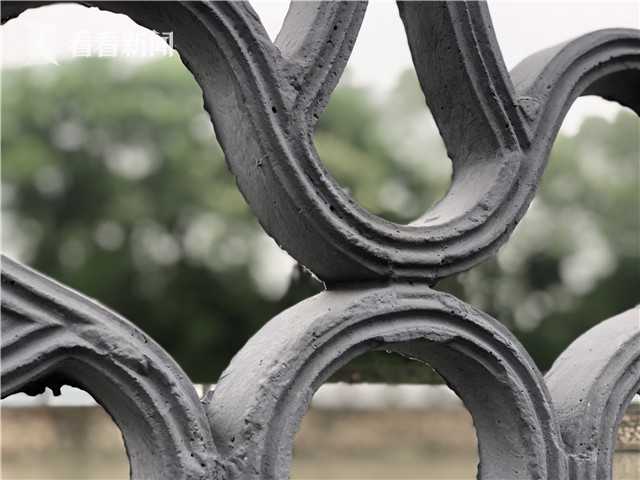 HS code-based multi-country consolidation
HS code-based multi-country consolidation
347.13MB
Check Comparative trade performance metrics
Comparative trade performance metrics
669.35MB
Check How to monitor competitor supply chains
How to monitor competitor supply chains
827.75MB
Check End-to-end shipment management
End-to-end shipment management
977.76MB
Check HS code updates for emerging markets
HS code updates for emerging markets
185.23MB
Check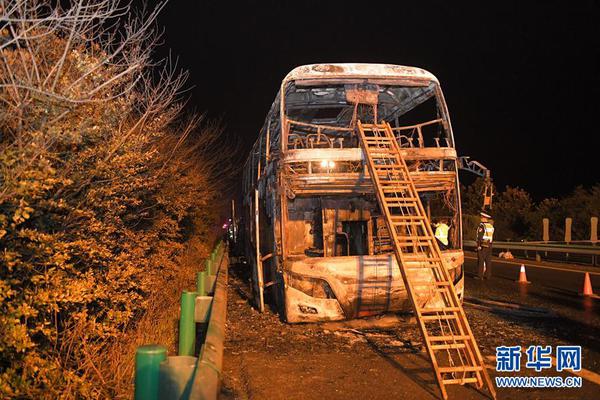 How to benchmark HS code usage
How to benchmark HS code usage
241.51MB
Check Global trade intelligence for banking
Global trade intelligence for banking
816.84MB
Check HVAC equipment HS code mapping
HVAC equipment HS code mapping
785.81MB
Check Europe import export statistics
Europe import export statistics
233.16MB
Check HS code guides for Middle East exporters
HS code guides for Middle East exporters
877.55MB
Check HS code verification for exporters
HS code verification for exporters
882.48MB
Check How to ensure transparency in supply chains
How to ensure transparency in supply chains
998.97MB
Check Marble and granite HS code references
Marble and granite HS code references
843.45MB
Check Global HS code classification standards
Global HS code classification standards
454.69MB
Check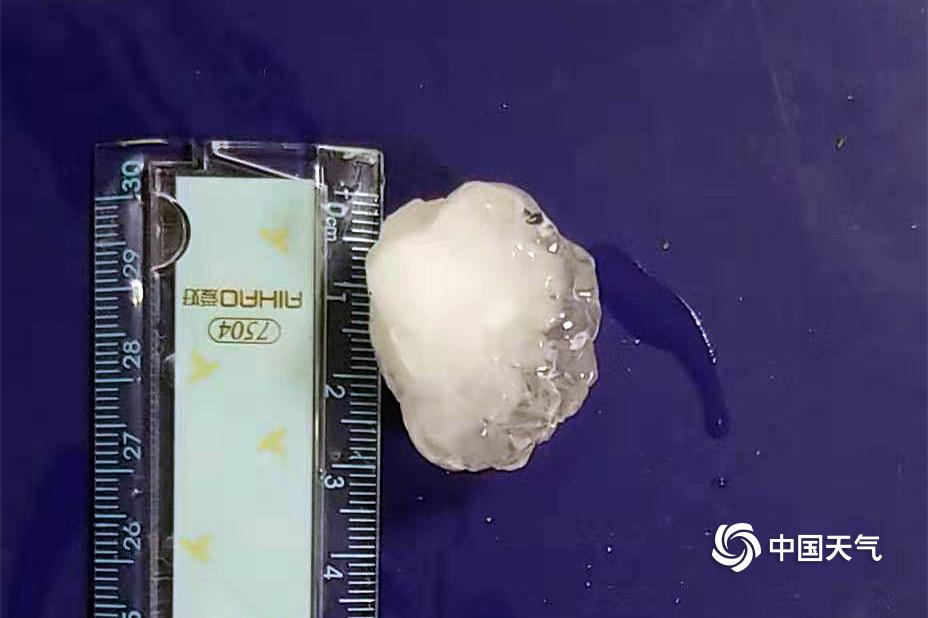 Global trade data harmonization
Global trade data harmonization
744.48MB
Check Dynamic import export performance metrics
Dynamic import export performance metrics
911.28MB
Check global trade intelligence
global trade intelligence
328.19MB
Check Global trade data pipelines
Global trade data pipelines
983.66MB
Check How to standardize trade documentation
How to standardize trade documentation
536.69MB
Check Automotive supply chain transparency tools
Automotive supply chain transparency tools
631.36MB
Check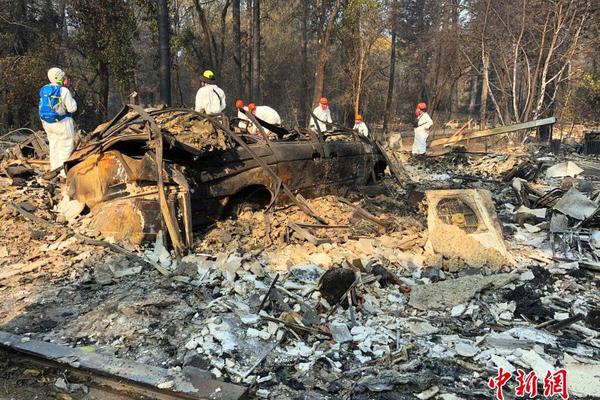 HS code mapping for re-importation
HS code mapping for re-importation
916.18MB
Check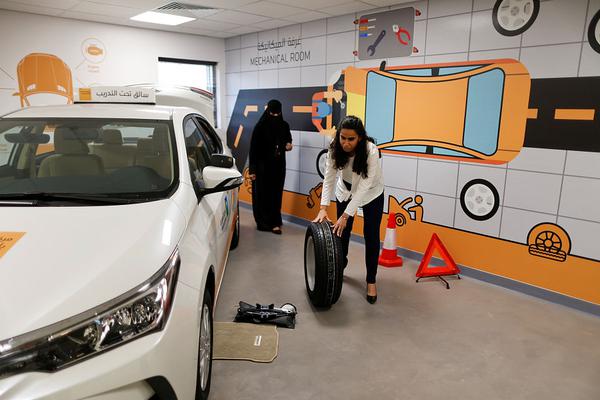 Global trade intelligence forums
Global trade intelligence forums
435.88MB
Check How to find compliant suppliers
How to find compliant suppliers
669.12MB
Check How to secure competitive freight rates
How to secure competitive freight rates
456.37MB
Check Mineral ores HS code tariff details
Mineral ores HS code tariff details
351.25MB
Check HS code-based KPI reporting for trade teams
HS code-based KPI reporting for trade teams
659.27MB
Check HS code updates for emerging markets
HS code updates for emerging markets
458.92MB
Check Raw materials HS code intelligence
Raw materials HS code intelligence
118.21MB
Check Country-of-origin rules by HS code
Country-of-origin rules by HS code
666.58MB
Check Energy sector HS code compliance
Energy sector HS code compliance
235.76MB
Check European trade compliance guidelines
European trade compliance guidelines
153.26MB
Check APAC trade flows by HS code
APAC trade flows by HS code
617.73MB
Check Exotic spices HS code classification
Exotic spices HS code classification
256.96MB
Check Trade data-driven credit insurance
Trade data-driven credit insurance
179.41MB
Check Customs data verification services
Customs data verification services
749.64MB
Check Advanced shipment analytics software
Advanced shipment analytics software
881.67MB
Check
Scan to install
Semiconductor HS code verification to discover more
Netizen comments More
242 High-precision instruments HS code mapping
2024-12-23 22:21 recommend
1592 HS code-based forecasting for raw materials
2024-12-23 21:50 recommend
118 Global trade data interoperability
2024-12-23 21:13 recommend
1346 HS code mapping for duty optimization
2024-12-23 20:26 recommend
761 Customizable shipment reports
2024-12-23 20:23 recommend